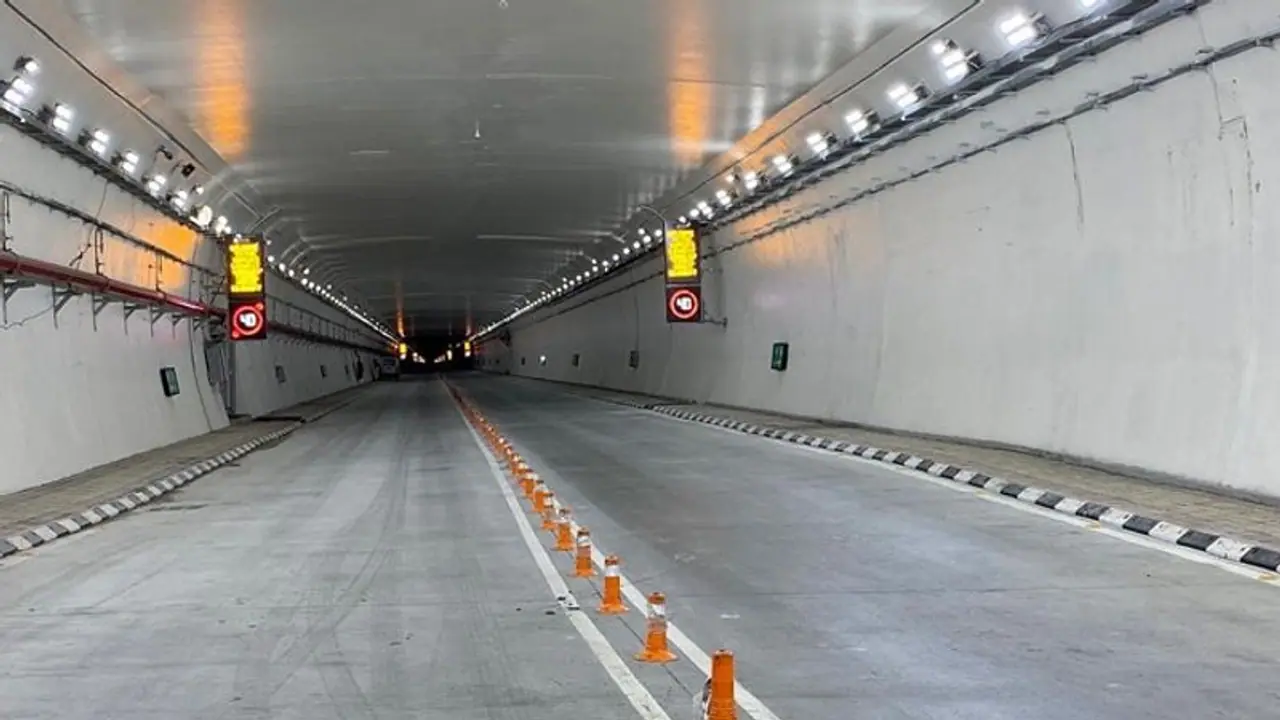The importance of Lahul-Spiti was understood by the Government of India. The border of Ladakh-Leh is next to Lahul-Spiti. In 2000, Atal Bihari went to Himachal Pradesh and announced the digging of a tunnel under Rohtang. On May 6, 2002, the construction of the tunnel was handed over to the Border Roads Organization. However, in September 2009, the responsibility of constructing the tunnel was handed over to a joint venture. On June 28, 2010, the first tunnel was dug at the South Portal of Rohtang, 30 km from Manali. The tunnel was supposed to be opened in May 2020. However, it was not possible due to lockdown.
Lahul-Spiti is strategically important to India in terms of military strength with China. Tibet is close to Lahul-Spiti. Many Tibetans entered India through Lahul-Spiti after the infiltration and occupation of the place by Chinese troops. Even the Dalai Lama was brought to India by this road. However, the inaccessibility of roads has raised concerns among the Indian government.

The importance of Lahul-Spiti was first understood by the Government of India. The border of Ladakh-Leh is next to Lahul-Spiti. The Chinese had not yet infiltrated this remote mountainous area. There was a dispute over Aksai China, but the necessary measures to remove the inaccessibility of Ladakh-Leh were not in the mind of the Government of India.
The people of Lahul-Spiti asked Jawaharlal Nehru if a tunnel could be built because connectivity with Lahul-Spiti can then be maintained throughout the year. Under Nehru, however, no further progress was made.
The first proposal to dig a tunnel under the Pirpanjal valley through the Rohtang Pass was adopted in 1983. Indira Gandhi was the Prime Minister of India at that time. But the work did not progress. When Atal Bihari Vajpayee became the Prime Minister, the discussion of digging this tunnel started again. Vajpayee had a very old friend whose house was in Lahul-Spiti. He brought the issue of this tunnel to Vajpayee.
Also read: Atal Tunnel to aid Army against Chinese aggression along Leh-Ladakh
In 2000, Atal Bihari went to Himachal Pradesh and announced the digging of a tunnel under Rohtang. The initial project report showed that the cost of constructing the tunnel was Rs 5 billion or Rs 500 crore. The report mentioned that the tunnel would be completed within 6 years of the start of work.
On May 6, 2002, the construction of the tunnel was handed over to the Border Roads Organisation. As a branch of the Indian Army, they have been working to build roads, bridges, and tunnels in remote areas and in border areas. In their report, the Border Roads Organization said that the tunnel will be completed and open to the public in 2015.
There was again a delay. As a result, no progress was made on the project between 2003 and 2004. The cost of the project has already gone up from Rs 5 billion to Rs 17 billion. In May 2006, Snowy Mountains Engineering Corporation International Pvt. Ltd., an Australian company, was hired to build a tunnel near Rohtang Pass. The agency said the tunnel would be completed by 2014. But despite several discussions and announcements, no progress was made until 2008.
However, in September 2009, the responsibility of constructing the tunnel was handed over to a joint venture. The companies were Afcons Infrastructure Limited, a branch of the Indian construction company Shapurji-Palunji, and the Austrian construction company Straberg AG. The Cabinet Committee also gave the green signal to the Rohtang Tunnel project.
On June 28, 2010, the first tunnel was dug at the South Portal of Rohtang, 30 km from Manali. After that, the construction company had to face various natural obstacles while digging the tunnel. Sometimes, they had to deal with landslides, and sometimes streams of water came out through rocks. Therefore, the work was often hampered. It seemed impossible to dig the tunnel. At last, the work had to be carried out by blasting dynamite.
On December 25, 2019, Prime Minister Narendra Modi named the project after Atal Behari Vajpayee. The tunnel was supposed to be opened in May 2020. However, it was no longer possible due to overcrowding and lockdown. It was finally inaugurated on October 3.
